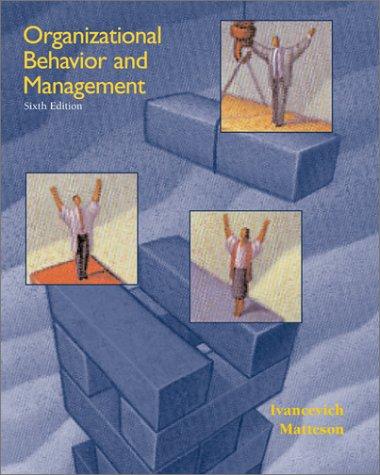Question
1.Consider the problem. Let x be output, c be marginal cost of output and R be net return of production. The firm's net profit before
1.Consider the problem. Let x be output, c be marginal cost of output and R be net return of production. The firm's net profit before regulatory payments is given by
R = x - cx2, for 0 x 1.
x has to lie in the unit interval and that output has been normalized to equal revenue. The firm's cost coefficient c is not known, which can take on n values: 0 c1 ... cn 1. The regulator assesses probability pi 0 to each of the i possible marginal cost levels. The firm knows its marginal cost and chooses x. The regulator can tax the firm based on its realized revenue.
a.Set up the program that solves for the regulator's optimal policy, expressed as a direct revelation mechanism. Assume that the regulator's objective is to extract as much surplus from the firm as possible, subject to the constraint that the firm can quit if profits are negative (and pay nothing).
b.Draw a diagram that shows how the firm chooses its best response as a function of its cost. Prove that the firm's output choice x is a non-decreasing function of marginal cost.
Show that the optimal policy takes the simple form: a fixed charge T for producing anything.
Step by Step Solution
There are 3 Steps involved in it
Step: 1

Get Instant Access to Expert-Tailored Solutions
See step-by-step solutions with expert insights and AI powered tools for academic success
Step: 2

Step: 3

Ace Your Homework with AI
Get the answers you need in no time with our AI-driven, step-by-step assistance
Get Started


